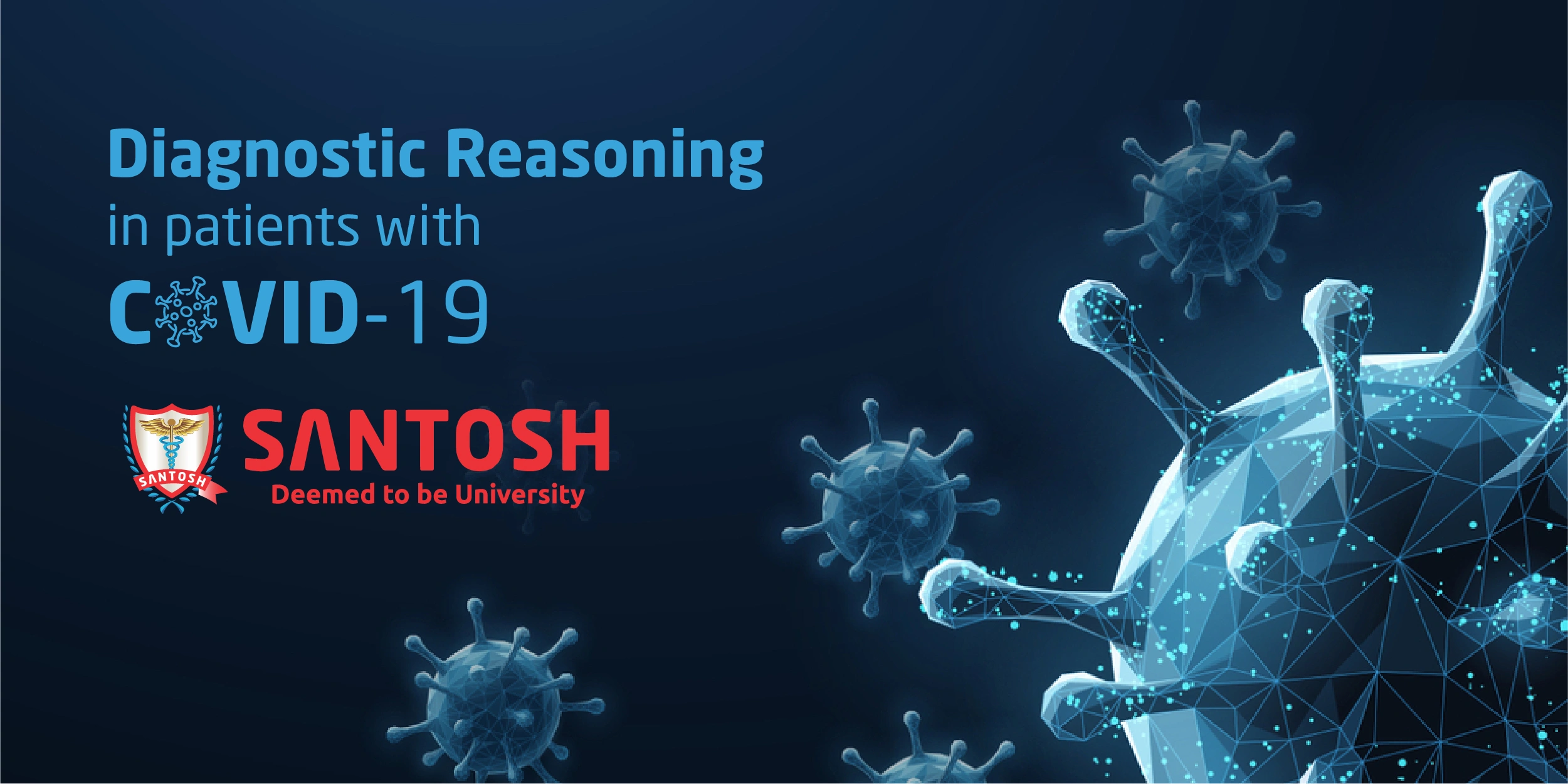
The recent pandemic of COVID 19 has created havoc in the health industry. The clinical consequences were so rapid and variant that there was very little scope in understanding the aetiopathogenesis.
INTRODUCTION:
The recent pandemic of COVID 19 has created havoc in the health industry. The clinical consequences were so rapid and variant that there was very little scope in understanding the aetiopathogenesis.
The course of the disease was attributed mainly due to the theory of CYTOKINE STORM.
The devastating effects of this cytokine storm were severe ARDS, MODS, and DIC.
The confirmation of the disease was done by RT-PCR that detects unique sequences of the virus that cause COVID-19 (SARS-CoV-2) in respiratory tract specimens.
All viral infections are superimposed with bacterial infections.
Biochemistry sepsis markers can be considered to understand:
- The course of the disease,
- To monitor the patients in understanding the severity and prognosis,
- To serve as a guideline in establishing the treatment modalities or in fact the change in the treatment modality and intervention at the correct juncture so that more cases would not end up in sepsis.
COVID 19 STRUCTURE
nCOV Genme is 30 kb in size, it contains 29891 nucleotides encoding for 9860 proteins.
COVID-19 is a spherical or pleomorphic enveloped particles containing single-stranded (positive-sense) RNA associated with a nucleoprotein within a/ capsid comprised of matrix protein. The envelope bears club-shaped glycoprotein projections.
The virus enters through nose, ears, mouth, eye and it binds to ACE 2 receptors, on lungs, liver, kidney, and GIT. The receptor-binding domain of s protein binds to ACE2 after primed by serine proteases. The virus attaches to the receptor and then is internalized into the host cell, releases RNA, and virions (viral particles) cause the disease. These virions later burst out and bring a dysregulation to the immunomodulatory system cytokine storm
DIAGNOSTIC TESTING: Analytical and Clinical Aspects*-
Upon confirmation of a suspected case, specimens should be rapidly collected and tested.
The Centers for Disease Control and Prevention (CDC) Interim Guidelines for Collecting, Handling, and Testing Clinical Specimens from Persons for Coronavirus Disease 2019 (updated April 8th) recommend collecting an UPPER RESPIRATORY SPECIMEN for initial diagnostic testing.
The following specimens can be collected for swab-based testing:
- Nasopharyngeal specimen (preferred),
- Oropharyngeal specimen,
- Nasal mid-turbinate specimen,
- Anterior nares specimen,
- Lower respiratory tract specimen testing is also recommended by the CDC if the specimens are available.
NUCLEIC ACID AMPLIFICATION TESTS (NAAT):
REAL-TIME REVERSE TRANSCRIPTION POLYMERASE CHAIN REACTION (rRT-PCR) is the current gold standard for diagnosing suspected cases of COVID-19.
rRT-PCR is a nucleic acid amplification test (NAAT) that detects unique sequences of the virus that causes COVID-19 (SARS-CoV-2) in respiratory tract specimens.
The N, E, S, and RdRP are the viral genes currently targeted (WHO, Laboratory testing for coronavirus disease (COVID-19) in suspected human cases).
A validated diagnostic workflow for detecting SARS-CoV-2 has been recently published by Corman and colleagues (PMID: 31992387), as follows:
(a) First-line screening: E gene,
(b) Confirmatory screening: RdRP gene
(c) Additional confirmatory screening: N gene.
SEROLOGICAL TESTING:
There has been much debate regarding the current value of serological testing in COVID-19 diagnosis and monitoring.
Serologic based tests are not currently recommended by the CDC, NHS, or other health organizations.
There is general concern regarding their use in the acute phase of infection as they detect infection too late in the course of illness (usually more than 7-10 days), they also may cross-react with serologic responses to seasonal coronaviruses and the rate and kinetics of serological response has not been clearly defined so far.
BIOCHEMICAL MONITORING OF COVID-19 PATIENTS:
The essential role of clinical laboratories in this pandemic extends beyond the etiological diagnosis of COVID-19.
Biochemical monitoring of COVID-19 patients through in vitro diagnostic testing is critical for assessing disease severity and progression as well as monitoring therapeutic intervention.
Several common in vitro diagnostic tests have been implicated in unfavorable COVID-19 progression, potentially providing important prognostic information.
A recommended test list based on current literature is included below along with the major laboratory abnormalities associated with adult COVID-19 patients and their potential clinical indications (1-17).
In addition to more common laboratory tests, new evidence suggests that patients with severe COVID-19 could be at risk for cytokine storm syndrome.
Cytokine tests, particularly IL-6, should be used where possible to assess severe patients suspected of hyperinflammation.

